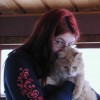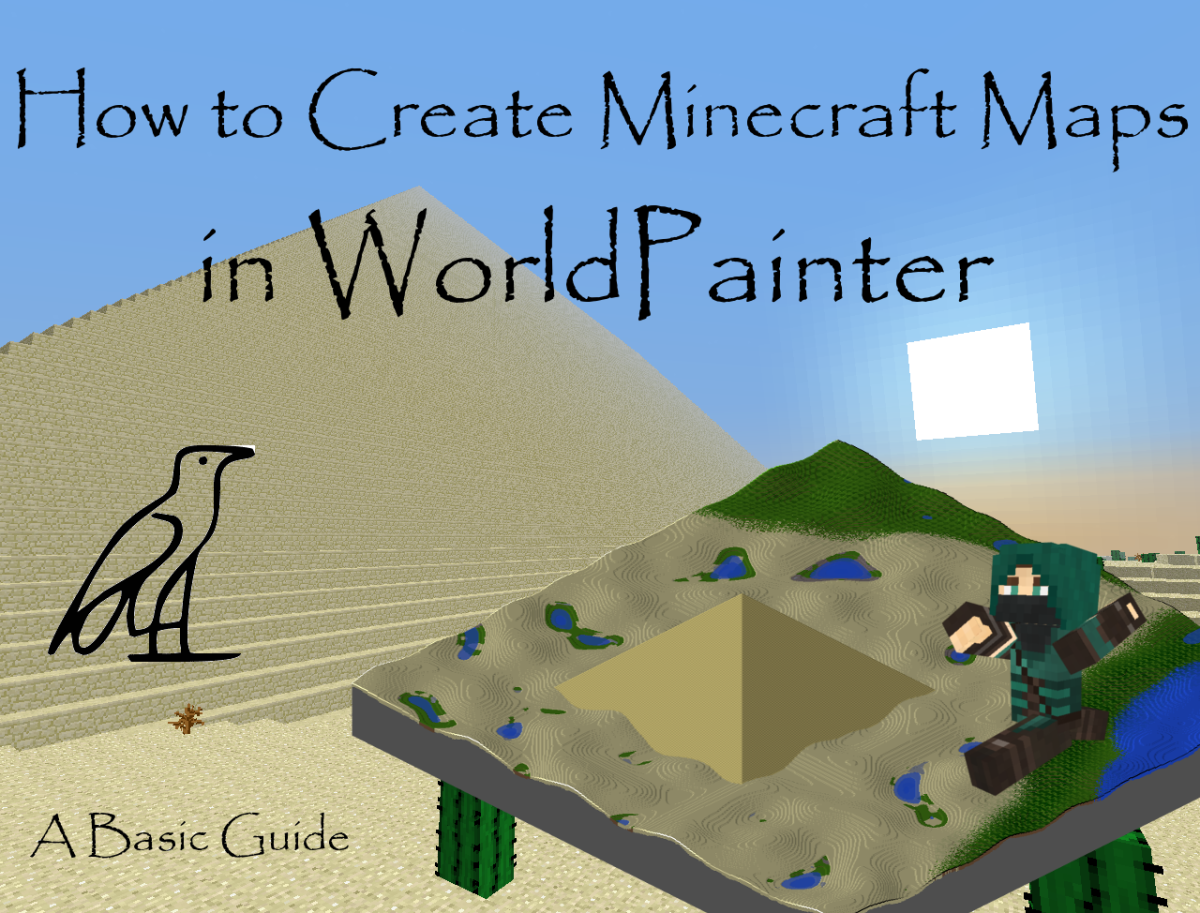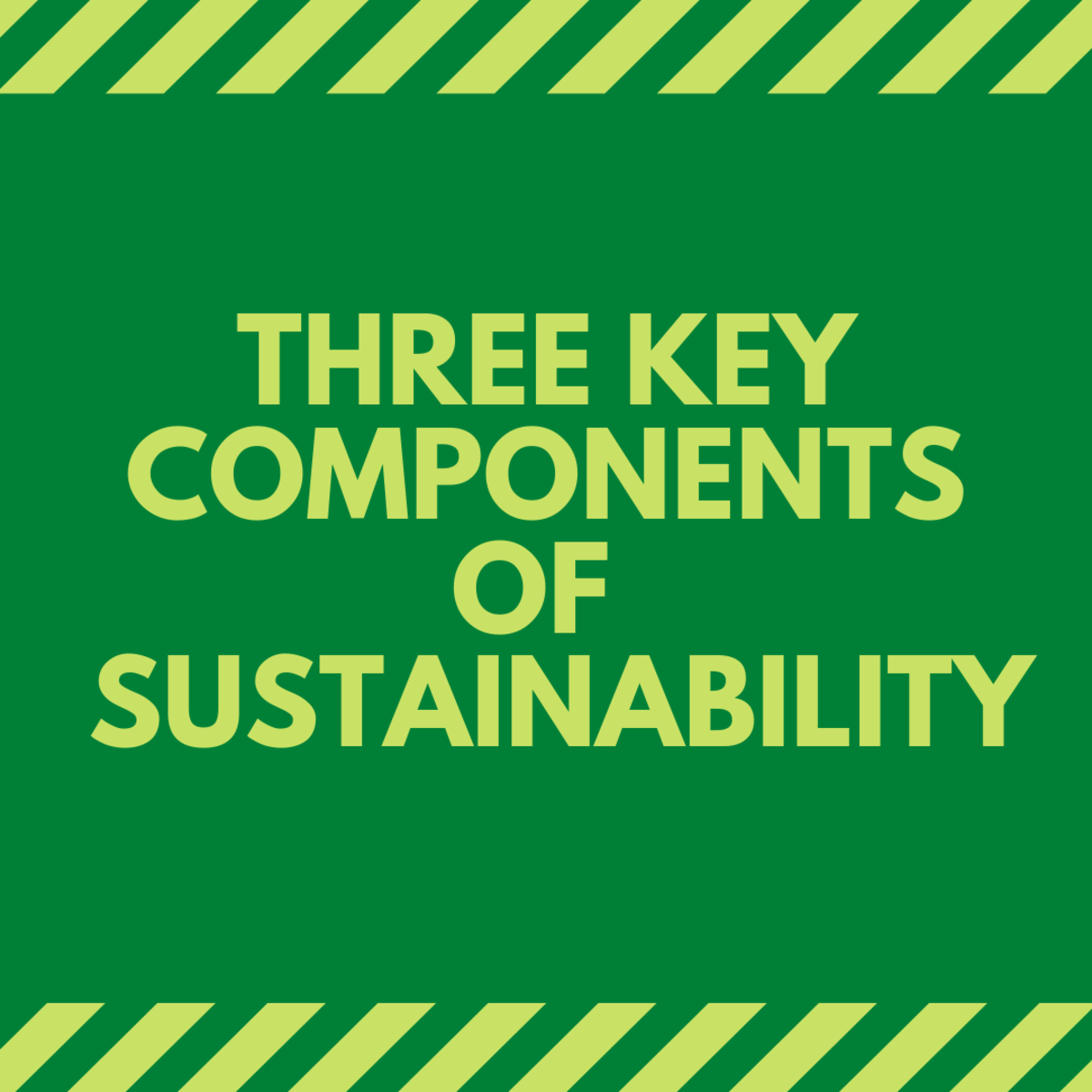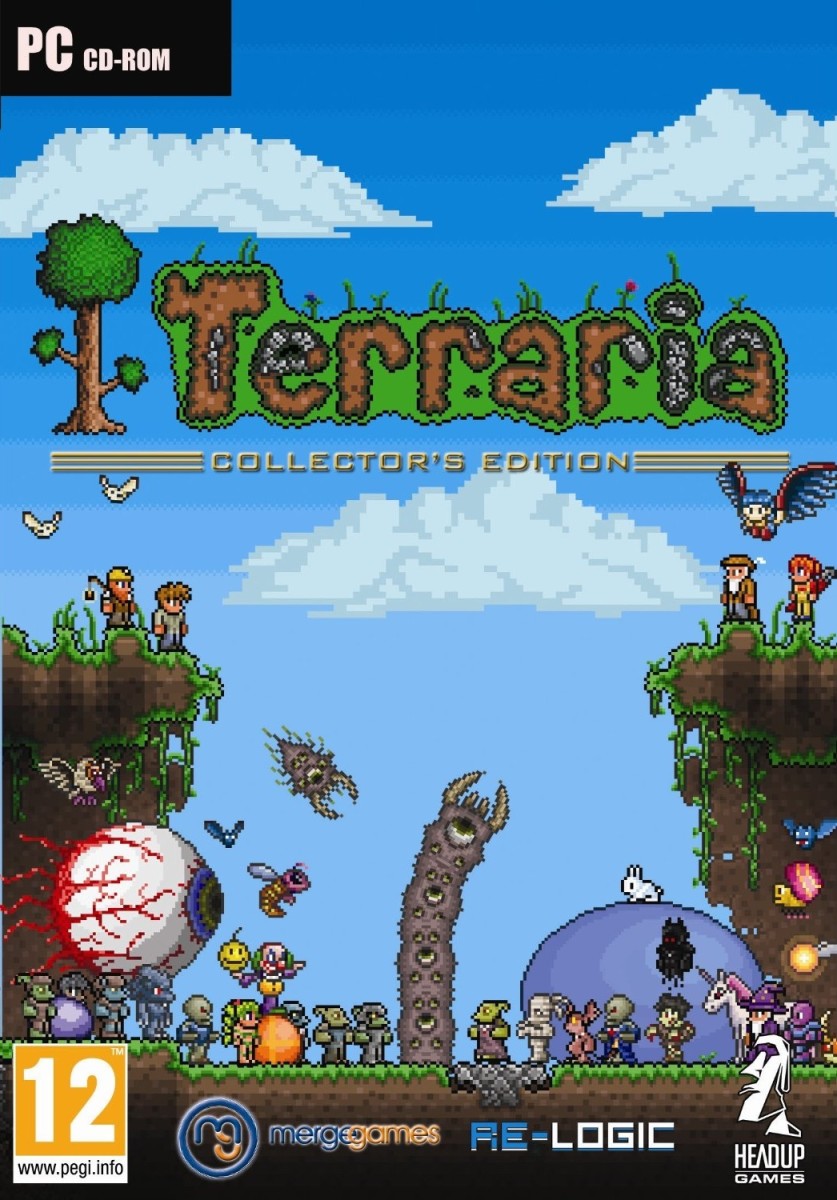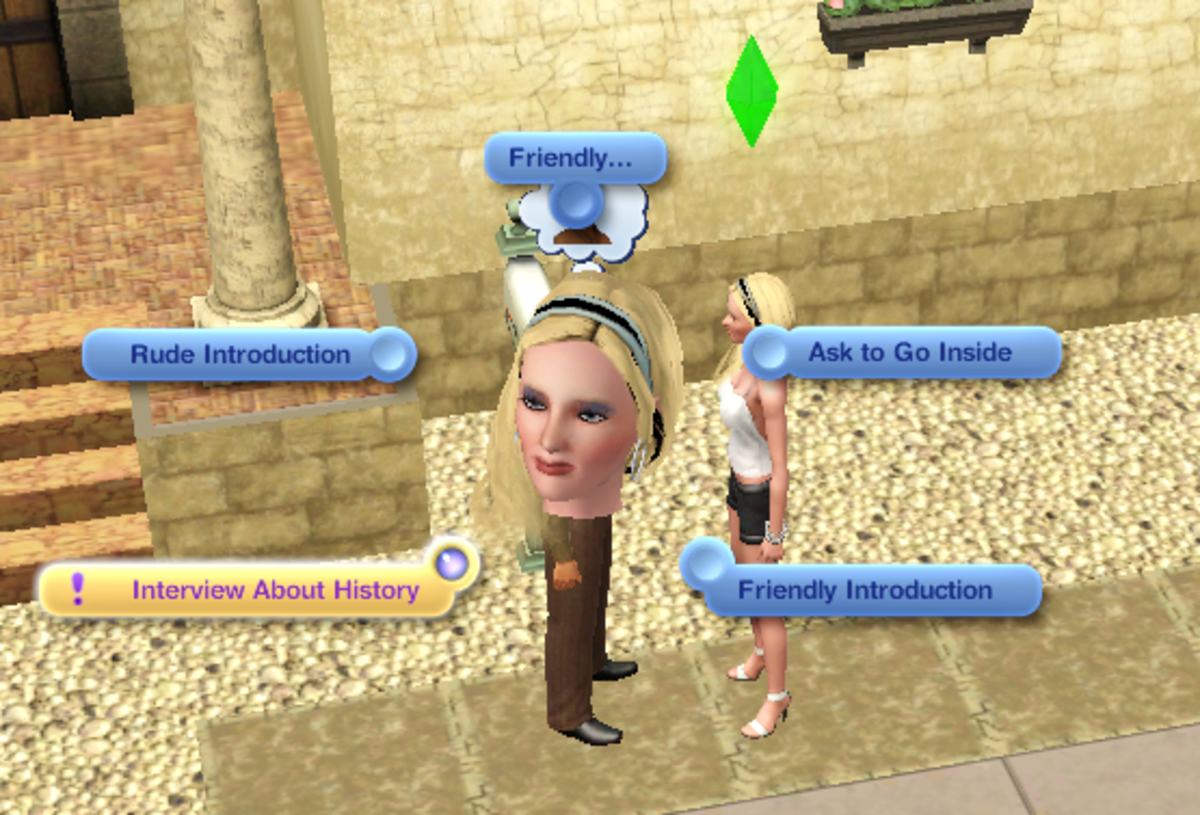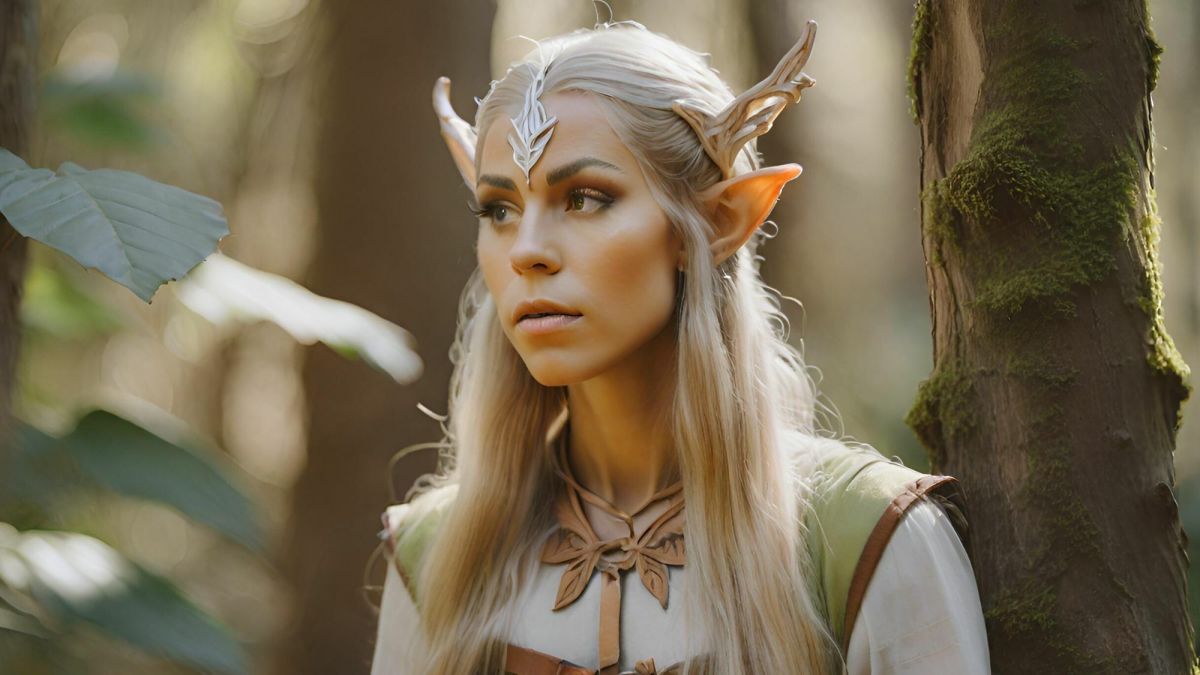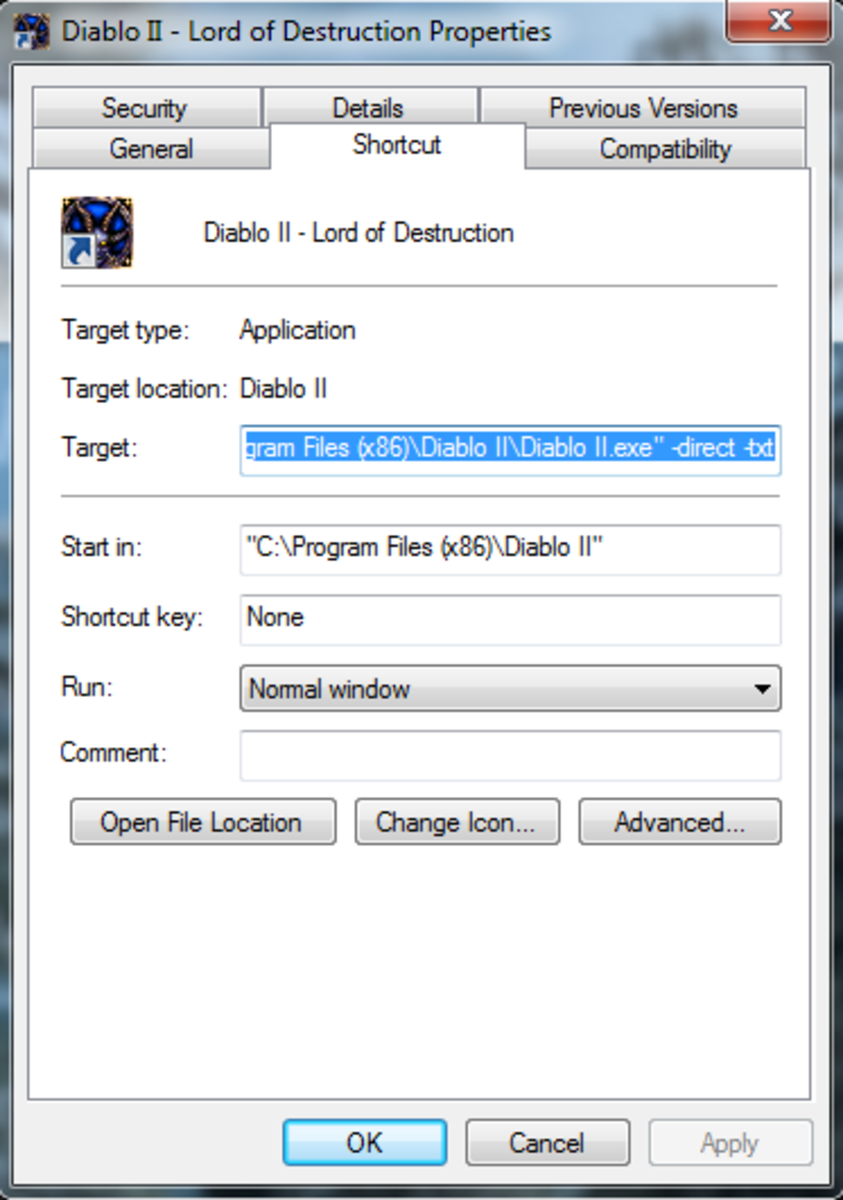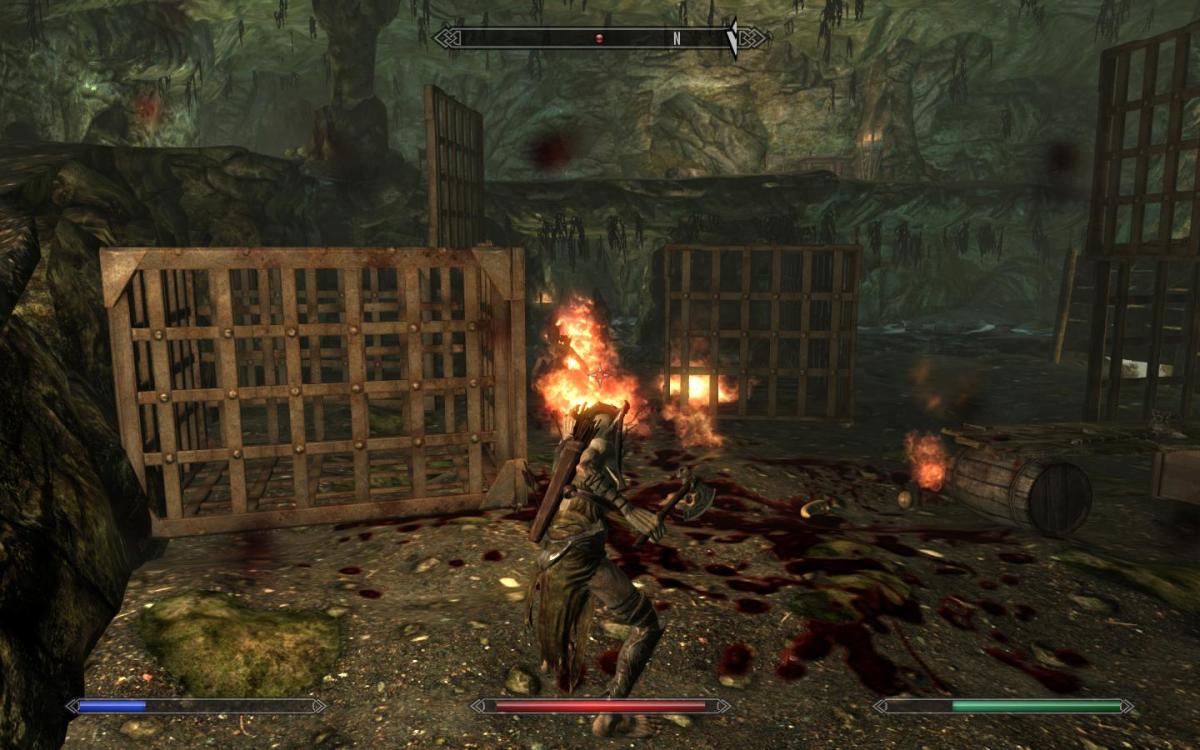Building Your D&D Campaign
Helpful Hints for Game Development
Building a campaign takes time, imagination and organization. In high school my best friend and I created a gigantic world for our D&D party. That campaign lasted 10 years from level one to epic destiny. It was replete with memorable characters, exotic locales and fantastic adventures. Your campaign can have all these things and more.
World Building
Creating a campaign can follow two distinct paths. Either you create a small, linear dungeon path designed only to last for two or three adventures or you can create a setting for many adventures of all levels.
World building is involved in the second option, and is ideal for a group committed to playing together for a long time. There are many steps to world building:
- Creating your world environment
- Establishing spheres of influence
- Populating the world
- Adding adventure zones and history
- Creating individual adventures and dungeons
If you intending only to create a small, limited adventure you may only need to create the individual dungeon. Otherwise, we'll begin with the big picture - what kind of world will your characters inhabit? What will be their ultimate goal? Who are the general enemies to be faced? Come up with a rough sketch of the world environment, major goals and enemies and influential powers before you begin creating in depth.
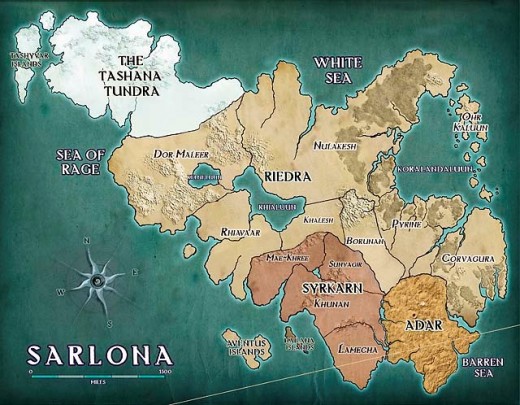
World Environment
Is your world huge or small? What kind of terrain does it have? How much is land and how much is ocean? The answers to these questions will inform the rest of your choices. You can alternately choose what kind of populations you want to work with (friendly and enemy) and select the appropriate terrain accordingly. For example, if you detest elves and love dwarves, limit your forests and increase your mountains.
Drawing a map of the world is a good idea. You don't have to diagram every detail but noting the major terrain features first will allow you to come up with logical places for your population centers and adventures. Decide to add a volcanic range of mountains on the southern continent? Sounds like a perfect place for a powerful warlock's fortress complete with lava elementals and hellfire demons.
The kind of terrain you put in your world determines the kind of monsters that should be encountered there. A world of ice and snow should not feature jungle creatures. A swampy bog-like continent covered with tiny rivers is a poor place for desert dwellers. It however is the perfect place for a coven of witches, giant alligators and an eladrin city constructed on stilts with a portal to the Feywild in the center. Keep these ideas in mind as you set up your map.
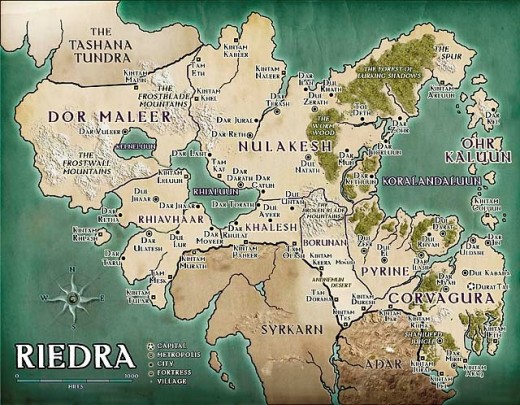
Spheres of Influence
In most D&D campaigns there are few overarching government powers or empires. Local city-states have control of the surrounding few miles of land but the gaps in between settled areas are large and full of dangers. Still, certain parts of the world fall under control of elves, men and others. If the PCs want to go somewhere to talk to a powerful druid conclave, where would they need to go? You don't need to plan a city for everything in advance if you have an idea where their general spheres of influence are.
Likewise, evil powers have areas of dominance. If your evil warlock is going to be the big bad guy through the whole campaign, he should have minions scattered around the map that your PCs discover and defeat in turn.
Once you come up with your spheres it is helpful to make a reference list for future use.
- Who are the major friendly powers?
- Who is the major villain or evil power?
- What other minor organizations both good and evil exist in the world?
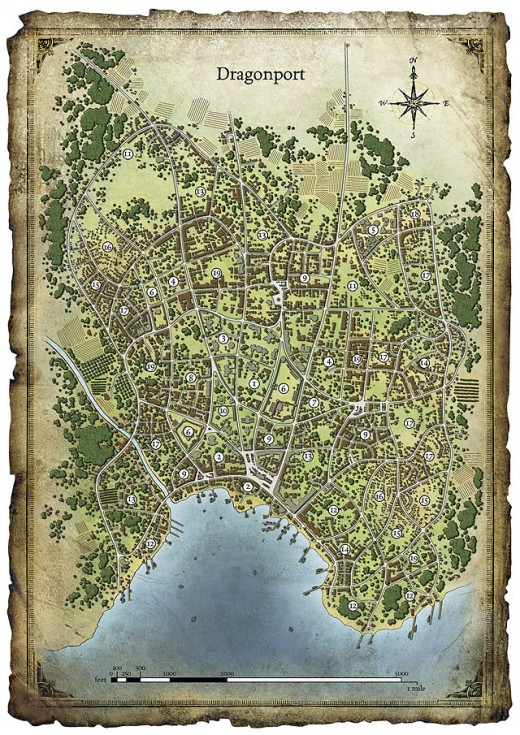
Populating the World
Now that you have a map and some groups decided, it is time to start populating. Determine the major cities and stronghold locations. Then add some mid-level towns. Finally, pick a couple small villages that might be useful as starting locations for you low level adventurers and add them to the map. If you don't want to create city maps for all your major cities, you can mix, match and borrow city maps from pre-published adventures, campaign setting books and Wizards of the Coast's Map-a-Week database. Simply rename them to fit your world. It's also a good idea to keep some extra pre-made maps handy in case you need to travel to an unexpected location earlier than planned.
Next comes people. You have already determined the major powers in your world, so who is in charge of them?
- Who is the leader of each major faction and the mayor or lord of each town?
- What's the major evil or villain's name and affiliation? What are his intentions? The evil warlock could be an orc follower of Gruumsh, trying to create a portal to the Abyssal Plane and bring a demonic army through on behalf of his god.
- In the village you intend to begin the adventure you want to name and develop other NPCs such as the innkeeper, store keepers, town watch captain, librarian, town drunk, eccentric bard and other personalities.
- Where do the groups of various races usually live and are there any great leaders or heroes among them? This is especially useful for your PCs to flesh out their background stories.
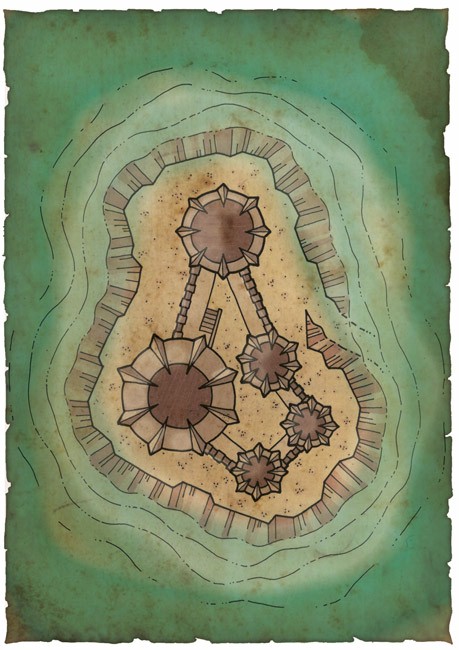
Adventure Zones and World History
Once the world is populated it's time to get to the nitty gritty. What is your overall vision for the PCs adventure?
I have found it helpful to set up "adventure zones" or areas in which I expect the PCs to remain for a certain amount of time. When I am running my current adventure I am usually working on the next zone in my spare time. For example, for beginning my adventure I start my PCs in the town of Ravelle. Ravelle is the capital of my starting continent and their first two adventures will take them south to a small town named Marais d'Tarascon. As they are working their way through that adventure, and the one following, I am preparing the area north of Ravelle for higher level dungeons. In this way I can spend a lot of time developing the history and adventure for a small area in which I know the PCs will play rather than the whole world at one time.
Still, you want to create a general world timeline of major events that have influence the PCs. In my high school campaign the timeline was a history of the rise and fall of an old empire and major battles that left behind ruins the PCs wound up exploring. In another campaign I ran after grad school, the timeline detailed the economic collapse of the old world, leading adventurers to cross a giant sea to a new world. Establishing a history gives a foundation for your world and random things that come in it. You never know when your PCs will decide to sit down and look at every book on the shelves of the old library. The timeline will be invaluable as a reference when you can glance at it and reply "This shelf is a 26 volume set of books on the rise and fall of the Old Halfling Trade Empire, 800 years previous."
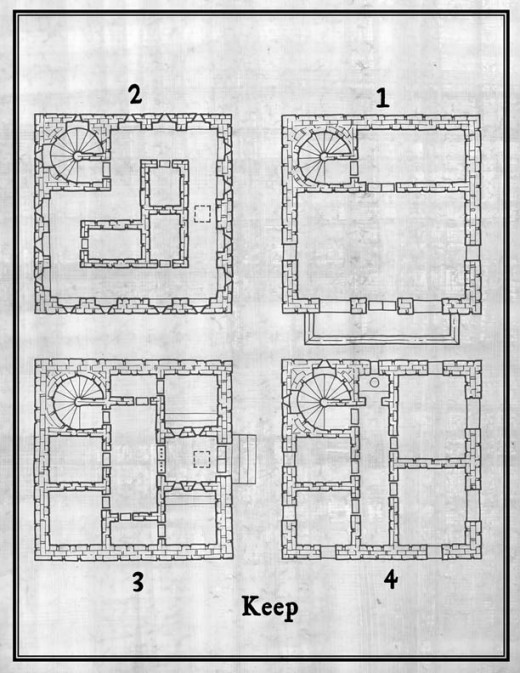
Finally, the Adventure
Now that the big picture is established your last step is to create the individual adventures. I generally like to have 2 prepared adventures ready and be working on the third when we play. This is a buffer in case the PCs blow through my adventure faster than anticipated. With a few tweaks the second adventure can slow them down until I finish my third adventure and not lose steam by running out of things to play!
The first couple adventures should ideally set the stage for your big villain but generally not feature them directly. After all, your PCs are minor heroes, hardly worthy of the attention of a high warlock of Gruumsh right? There can be hints of a larger evil in the background, such as the dying hiss of your second dungeon baddie, "Vorlork will punish you for...this..." If the PCs don't seem drawn in by your planned campaign goals, consider moving them up and putting a different power behind them or adding a tangential campaign destination that winds up being connected back to the planned power. Say your rogue and wizard are craving some undead enemies but you've planned shadar-kai for the next three dungeons. Maybe convert some sorcerers to necromancers, or add an undead template to one dungeon.
When designing dungeon maps be careful not to overload on rooms and descriptions. Likewise, make sure there's enough variety not to bore your players. One of my campaigns wound up having such massive dungeons that when the final encounters came all the excitement and momentum had dissapated after walking through miles of corridors and courtyards. In contrast, a friend's dungeon was composed of 3 x 3 square rooms connected by a 1 x 1 square antechamber. The PCs mapper was exceedingly annoyed that dungeon (although it was easy to explain the layout of each new room).
Finally, listen to the feedback your campaign is getting from the PCs and never hesitate to look at other adventures and campaign sources for ideas. If there's a favorite tv show or book character among your friends, throwing a reference to that in your campaign can bring a new level of excitement to the play. Good luck and let your imagination fly!
